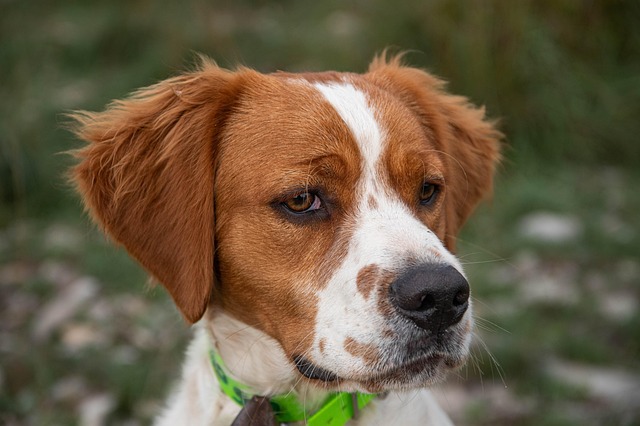So you’ve decided to add wet food to your dog’s diet – great choice! Whether you’re switching entirely or just mixing it in, wet food offers fantastic hydration and palatability that many dogs adore. But simply cracking open a can and slopping it into the bowl isn’t always the whole story. Feeding wet food effectively involves understanding portions, safety, and how it fits into your dog’s overall health plan, especially considering the nuances of pet care in places like the US, UK, or Germany. Let’s dive into the practicalities.
First things first: portion control is king. Wet dog food is significantly more calorie-dense per gram than dry kibble, but it’s also mostly water. This can be confusing! Pouring out a whole can because it looks like less than their usual kibble portion is a common mistake that can lead to weight gain – and pet obesity is a massive concern across Europe and North America. Always, always check the feeding guidelines on the can or pouch. These are based on your dog’s ideal weight, not their current weight if they’re overweight. Don’t guess; use a measuring cup or scale. If you’re mixing wet and dry food, you absolutely must reduce the amount of dry food to account for the calories in the wet portion. Think of their total daily calorie intake as a pie; the wet food takes up a slice, so the dry food slice needs to shrink accordingly. Your vet can help calculate precise needs, especially important for puppies, seniors, or dogs with health conditions like diabetes.
Freshness and food safety aren't negotiable. Once that can or pouch is opened, the clock starts ticking. Unlike dry kibble sitting in a bowl all day, wet food left out at room temperature becomes a breeding ground for bacteria within a couple of hours – think about how quickly your own leftovers spoil. In warm kitchens common across Southern Europe or the Southern US, this happens even faster. If your dog doesn’t finish their wet meal within about 30-60 minutes, pick up the bowl and refrigerate the leftovers promptly. Store opened wet food in an airtight container in the fridge, and use it within 2-3 days max. Always serve refrigerated wet food slightly warmed (to about body temperature – test it on your wrist) or at room temperature. Cold food straight from the fridge can be unappetizing and might cause stomach upset. Never microwave wet food in the can, as metal can spark and uneven heating creates dangerous hot spots; transfer it to a microwave-safe dish first.

Consider the practicalities of mealtime. Wet food’s texture varies wildly, from smooth pâté to chunky stews. Some dogs will happily lick a pâté off a flat plate, while others might need the chunks in a deeper bowl to prevent messy splatter – a consideration for clean kitchen floors! If you’re using wet food primarily as a topper or mixer, stir it thoroughly into the kibble. This prevents your clever pup from just licking off the tasty wet part and leaving the dry bits behind, ensuring they get the full nutritional balance. Wet food is also a superstar for hiding medication or enticing picky eaters. Just ensure the food you choose is a "complete and balanced" meal meeting AAFCO (in the US) or FEDIAF (in Europe) nutritional standards if it’s forming a significant part of their diet, not just a supplement. Be mindful of packaging disposal too; rinse cans and pouches according to your local recycling guidelines – responsible pet ownership includes environmental awareness.
Transition slowly and monitor. If switching your dog entirely to wet food or introducing it for the first time, do it gradually over 7-10 days. Start by replacing about 25% of their usual kibble with wet food, then 50%, then 75%, and finally 100%. This slow transition helps prevent digestive upset like diarrhea or vomiting. Keep a close eye on your dog during this period and afterwards. Note their energy levels, stool consistency, skin and coat condition, and overall enthusiasm for meals. Wet food can be a game-changer for dogs with dental issues (who find kibble hard to chew) or those needing extra hydration, but it’s not automatically "better" than high-quality dry food. It’s about what suits your individual dog best, factoring in their health, age, activity level, and yes, even your budget and lifestyle. Always discuss significant diet changes with your veterinarian – they know your dog’s health history and can advise on the most appropriate nutrition plan, ensuring it aligns with best practices and any relevant regional pet health recommendations.
Feeding wet dog food can be simple, safe, and incredibly beneficial when done thoughtfully. By mastering portions, prioritizing freshness, managing mealtime practically, and transitioning carefully, you unlock the benefits – a hydrated, happy dog eagerly cleaning their bowl. Just remember, that open can in the fridge? Label it with the date you opened it. Future-you (and your dog’s tummy) will thank you.






